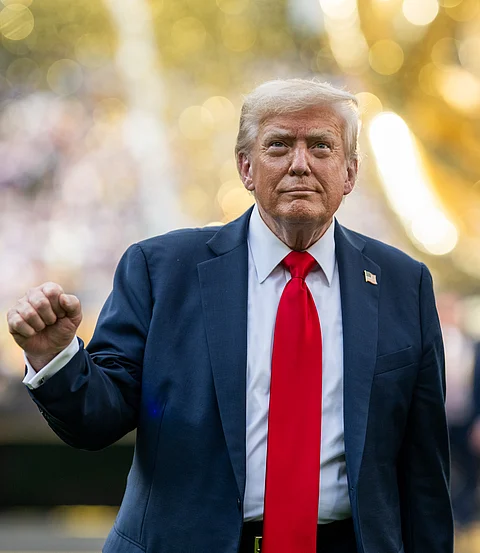Trump's Global Tariffs Spark Economic Shifts and Trade Tensions
US President Donald Trump’s new tariffs, affecting over 90 countries, took effect on August 7, 2025, marking a significant shift in global trade dynamics.
The policies, first announced in April, impose varied rates, with some nations facing levies as high as 40%.
Trump’s strategy focuses on reducing the US trade deficit and encouraging domestic manufacturing.
Export-dependent economies, particularly in Southeast Asia, face substantial challenges.
Global Economic Impact
Trump’s tariffs aim to reshape global trade, which he claims disadvantages the US.
Countries like Laos and Myanmar face 40% tariffs, while Switzerland contends with a 39% rate after failing to secure a deal.
The European Union negotiated a 15% tariff, and major economies like the UK, Japan, and South Korea secured lower rates.
Trump also imposed a 35% tariff on Canada, citing issues like drug trafficking, though most Canadian exports are protected by the USMCA.
India faces a potential 50% tariff increase by August 27 unless it halts Russian oil purchases.
Market Reactions and Future Outlook
Despite initial market turbulence, Asian markets showed resilience, with Japan, Hong Kong, and South Korea reporting slight gains.
Economist Bert Hofman noted that the tariffs provide some stability, allowing countries to assess impacts.
However, businesses face rising costs, with some, like Walmart, warning of price hikes on goods such as appliances and electronics.
The Yale Budget Lab estimates a 0.5% GDP reduction in the US due to these policies, partially offsetting tariff revenue.
Trump insists that combined with tax cuts, the tariffs will drive economic growth, though global trade partners remain cautious.

